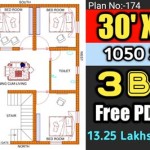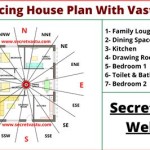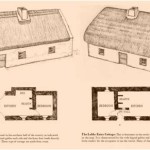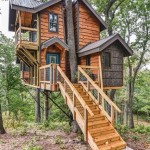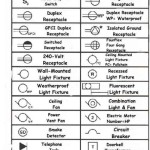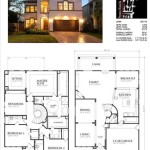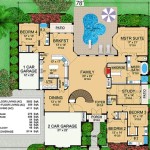Essential Aspects of Round Bird Houses Plans
Round bird houses offer a unique and attractive nesting environment for birds, mimicking the natural cavities they would use in the wild. Whether you're a seasoned bird enthusiast or embarking on your first birdhouse project, understanding the essential aspects of round bird houses will help ensure you create a functional and welcoming home for your feathered friends.
Size and Dimensions
The size and dimensions of a round bird house play a crucial role in attracting and accommodating specific bird species. As a general guideline, for smaller songbirds like chickadees and wrens, a birdhouse with an interior diameter of 4-6 inches and a height of 6-8 inches is ideal. For larger birds like bluebirds and swallows, a diameter of 5-7 inches and a height of 8-10 inches is more appropriate.
Materials and Construction
The materials used in the construction of a round bird house should be durable, weather-resistant, and provide adequate insulation. Cedar and redwood are popular choices due to their natural resistance to rot and decay. Plywood and pine are also viable options if properly treated with a weather-resistant sealant. Ensure the walls are at least 1/2 inch thick to provide sufficient insulation.
Drainage and Ventilation
Proper drainage and ventilation are vital to prevent moisture buildup and ensure the birdhouse remains dry and healthy for its occupants. Drill a few small drainage holes in the bottom of the birdhouse to allow excess water to escape. Additionally, create small ventilation holes near the top of the structure to promote air circulation. Never paint the interior of the birdhouse, as this can create a toxic environment for birds.
Entrance Hole
The entrance hole is the main pathway for birds to access the nest. Its size and placement are crucial for preventing larger birds from entering and harming the smaller inhabitants. For songbirds, an entrance hole with a diameter of 1 1/4 inches is suitable. Position the entrance hole at least 6 inches above the bottom of the birdhouse to protect against predators.
Roof and Perch
The roof of a round bird house should be sloped to prevent water from pooling and provide shelter from the elements. A removable roof for easy cleaning and maintenance is recommended. Additionally, a small perch just below the entrance hole gives birds a place to land before entering the nest.
Mounting and Placement
Mount the birdhouse in a suitable location that provides shelter from the sun and wind. Choose a tree or pole at least 5 feet off the ground and at a distance of 3 feet from any other structure. Secure the birdhouse firmly to prevent it from swaying or falling. Avoid placing the birdhouse in areas with strong drafts or near bird feeders that may attract predators.
Conclusion
By incorporating these essential aspects into your round bird houses plans, you can create a functional and inviting nesting space that will attract a variety of bird species to your garden. Remember, every birdhouse is a unique creation that reflects your creativity and provides a valuable sanctuary for our feathered friends.

Building A Round Coopered Birdhouse Bird Houses House Plans Diy

Rustic Round Bird House Birdhouses Kits Houses Painted Diy

Whimsical Birdhouse Pattern Hertoolbelt

Red Barn Birdhouse Made From Cedar Fence Boards And Has A Rounded License Plate Roof

In My Yard Now Love These Unique Bird Houses House Plans
:max_bytes(150000):strip_icc()/spruce-diy-birdhouses-10-5abd0147642dca0036c4c049.jpg?strip=all)
15 Diy Birdhouse Plans And Ideas

Birdhouse And Nest Box Plans For Several Bird Species The Birders Report

Building A Round Coopered Birdhouse

How To Build An Easy 1 Board Bird House Lowe S

Diy Birdhouse From One Cedar Fence Picket Ana White

